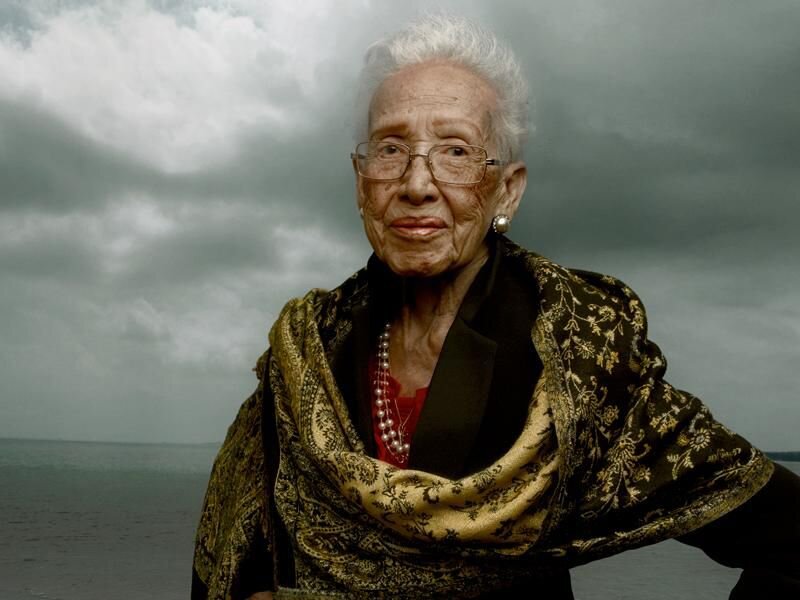Women are absolutely amazing, and Katherine Johnson is no exception. She paved the way for women in STEM, particularly through her work in mathematics with NASA. Despite all odds, she made a name for herself in a white, male-dominated field as an African-American woman.
You can learn more about her through the blog post here!
Introduction
Today, we’re going to take a look at a remarkable female scientist who didn’t get the recognition she deserved at the time. Katherine Johnson was an African-American mathematician who worked with NASA to do research and assist with space exploration missions. Thanks to her calculations, America’s first human space flight was a success!
Early Life
Katherine Johnson was born and raised in White Sulphur Springs, West Virginia. Ever since she was young, Johnson was always fascinated by and well versed in math, which helped her skip grades in high school. At age 18, she became the third African-American woman to receive a PhD in mathematics!
Life after College
After she graduated, Johnson decided to work as a teacher for a short period of time. It wasn’t until 1952, when Johnson heard about a job for a mathematician at NASA, that she began to do work relating to space exploration. At the age of 34, she began to do research and data analysis on flight tests. She was particularly versatile with analytical geometry, which helped her gain favor with her bosses.
Challenges
Despite all of her hard work and talent, this job was not always easy for Johnson. As an African American woman, she experienced discrimination, racism, and sexism in the workplace. Everything from bathrooms to work spaces were segregated. Johnson was made to work in a separate wing and there were many instances where other people attempted to take credit for her achievements. However, Johnson remained persistent and assertive in her workplace, even asking to be included in an editorial meeting which had never been attended by women before.
Contributions
Johnson played a major role in NASA’s space exploration activities, though she was not always credited properly for her contributions. In the first human American space flight on May 5th, 1961, Johnson provided the calculation for trajectory, which helped ensure the safe return and landing of the pilot. She also calculated the trajectory for the Apollo 11 mission, which paved the way for future moon landing missions. These are just a few of her contributions that at long last granted her the Presidential Medal of Freedom in 2015.
Reflection
Have you ever felt discriminated against for any reason?
How did this make you feel?
What different stereotypes about people are you aware of?
Have you noticed any racist/sexist behavior in your community?
On average, women are paid less than men doing the same job. Why do you think this happens?
If you answered yes to the first question, know that you are not alone. Katherine Johnson and many others know the same feeling you do. Some ways you can cope with discrimination are to seek support systems through friends and family, embrace your strengths, and practice self-care. Just like Johnson, you can be brilliant!
If you would like to learn more about Katherine Johnson, check out the film Hidden Figures, which delves into the life of Johnson and her female colleagues!
Resources for Dealing with Discrimination:
https://www.apa.org/topics/racism-bias-discrimination/types-stress
https://www.dosomething.org/us/articles/coping-with-discrimination-guide
https://www.washington.edu/counseling/culture-of-care/coping-with-discrimination/
https://www.mindtools.com/pages/article/dealing-with-discrimination.htm
https://thoughtcatalog.com/rana-tarakji/2018/01/8-ways-to-overcome-discrimination/
Looking for more fun at home STEM activities for your young scientist? Check out our workbook full of exciting science experiments and empowering activities!
Learn more and purchase today!



